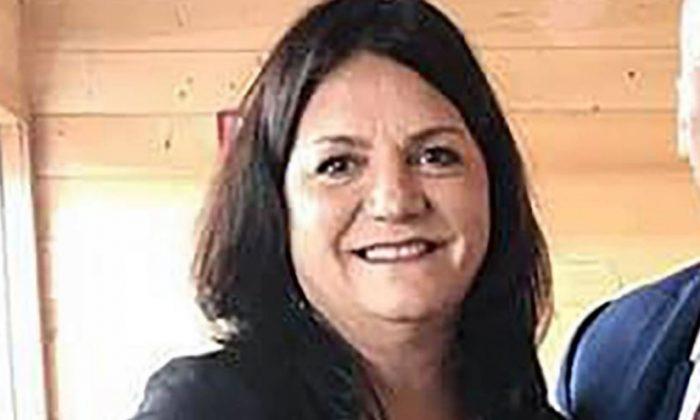A badly burnt body was found in the vehicle of a missing Wisconsin woman but her family remains hopeful that she’s alive.
Kathleen Ryan, a teacher, went missing on Feb. 2.
Her car was found on fire in the driveway of a house in Lake County, Illinois. Inside, a body was burned beyond recognition.
The Lake County coroner’s office is using DNA and dental records to identify the body but the process could take weeks or months.
Family members said that the body could be Ryan but they’re hoping she’s still alive.
“At this point, we’re hoping it wasn’t her in the car,” her son Maxwell Ryan said. “We hope someone took the car, and she’s out there somewhere. … We just love her, and we want her home. It’s as simple as that.”
Sam Ryan, another son, said that his family started worrying when his mother didn’t show up to a basketball game he and another brother were coaching.
Ryan, who lives in Illinois, said that he saw her on FaceTime earlier on Feb. 2. When she didn’t show up to the game, they started looking for her.
Ryan said the location of his mother’s car is one of the confusing aspects of the mysterious case.
“Where they found the car just doesn’t make sense as far as the path that she would’ve taken to Carmel,” he said. “And as far as the times, things just don’t add up.”
He noted that the family is still looking for her and credited their faith for getting through the tough situation.
“Her birthday was yesterday and her grandbabies have a cake to give to their grandmother,” he said. “So we need to find her because we need to celebrate that.”

Missing Persons
Over 600,000 people go missing in the United States every year, according to the National Missing and Unidentified Persons System. Many of the missing adults and children are found safe but others are never found or are found dead.“It is estimated that 4,400 unidentified bodies are recovered each year, with approximately 1,000 of those bodies remaining unidentified after one year,” the center stated.
As of Jan. 22, 2018, there were 15,325 open missing person cases in addition to 12,449 open unidentified person cases. As of Dec. 31, 2017, the National Crime Information Center had over 88,000 active missing person cases across the country. But hundreds of thousands of cases were resolved that year.
Approximately 651,000 missing person records were entered but about the same number were removed. “Reasons for these removals include: a law enforcement agency located the subject, the individual returned home, or the record had to be removed by the entering agency due to a determination that the record is invalid,” the center stated.
“The information that law enforcement gets tends to be a little more accurate, and they are able to act on the information and hopefully get that person who is missing quicker,” Fox said. Later, there are fewer “bread crumbs,” or leads, to follow.
Dr. Michelle Jeanis, a criminology professor at the University of Louisiana at Lafayette, said that time is of the essence because the missing person could be in danger.
After about a week, the person could very likely be dead, said former FBI Special Agent in Charge Steve Gomez.
“There’s a certain point after about a week or two where you have to think, the potential that the missing person is dead and now it’s a matter of trying to find their body and bring closure to the family and to determine if you now have a homicide investigation, or suicide, or some kind of accidental death,” he said.





